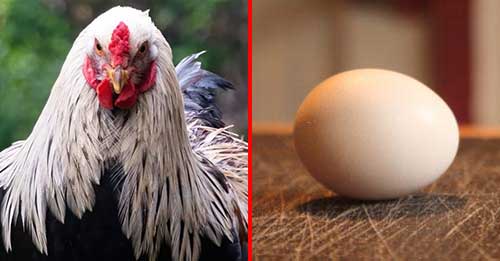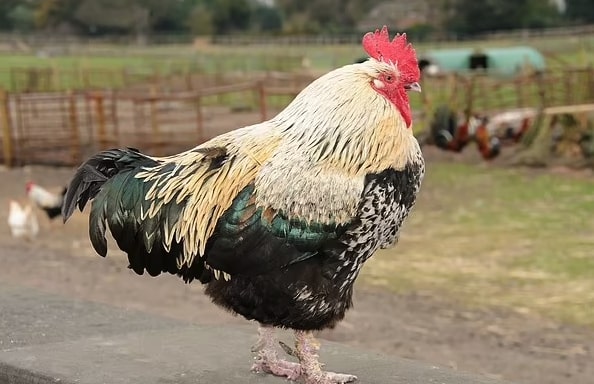From schoolchildren to academics, from chickens to eggs, we’ve all argued about this subject.
A team from the School of Earth Sciences at the University of Bristol in the United Kingdom has finally managed to propose a solution to the conundrum after many, many years of confusion.
So, according to current theories, dinosaur ancestors of chickens laid eggs literally millions of years ago, long before chickens emerged.
But scientists have discovered that the chicken’s oldest reptile predecessors (who lived much further ago, before dinosaurs existed) may not have produced eggs.
Definitely more meaningful than the chicken and egg arguments we were having on the schoolyard!
The research, published in Nature Ecology & Evolution, divided 51 ancient species and 29 current species into two groups for examination: oviparous (laying hard or soft-shelled eggs) and viviparous (giving birth to live young, like us).
It is thought that these early reptile progenitors of chickens were viviparous, meaning they gave birth to live creatures rather than eggs.
While animals producing hard-shelled eggs have been one of the biggest inventions, both the researchers at Bristol and Nanjing University in China believe that this new finding is especially remarkable.
Their findings suggest that longer embryo retention (when the mother holds her young until delivery) provided the ultimate protection for this group of animals in particular – therefore, effectively, birthing a live chicken was safer than laying an egg back then.
In considerably more scientific terms, University of Bristol Professor Michael Benton said that before the amniotes, the first tetrapods to evolve limbs from fishy fins were broadly amphibious in their habits.
They needed to live near or in water to feed and breed, just like modern amphibians like frogs and salamanders.
When amniotes first appeared on the scene 320 million years ago, they were able to break free from the water by developing waterproof skin and other water-control mechanisms. The key, however, was the amniotic egg.
He said that their work, and that of many others in recent years, has consigned the classic ‘reptile egg’ model of textbooks to the wastebasket.
This standard view has been challenged, stated research leader Professor Baoyu Jiang. Many lizards and snakes, according to biologists, have a versatile reproduction strategy that includes both oviparity and viviparity.
Sometimes, closely related species exhibit both behaviors, and it turns out that live-bearing lizards can revert to egg laying much more easily than previously thought.
So it appears that the argument has been resolved, or at least chipped, as these experts have weighed in to suggest that it truly, scientifically, may be the chicken that came first—but they’re both delicious to eat.
- Will Smith Revels in Jada Pinkett Smith’s Bestselling Book: ‘Congrats, Mama!’Will Smith is pleased with his wife Jada Pinkett Smith’s […] More
- Paris Hilton Opens Up About Her Emotional Distress Following Hurtful Comments Regarding Her Son’s HeadParis Hilton has expressed her sadness regarding the response to […] More
- Will Smith describes his marriage to Jada as a “sloppy public experiment in unconditional love” during a book talkWill Smith made a public appearance alongside his wife, Jada […] More









